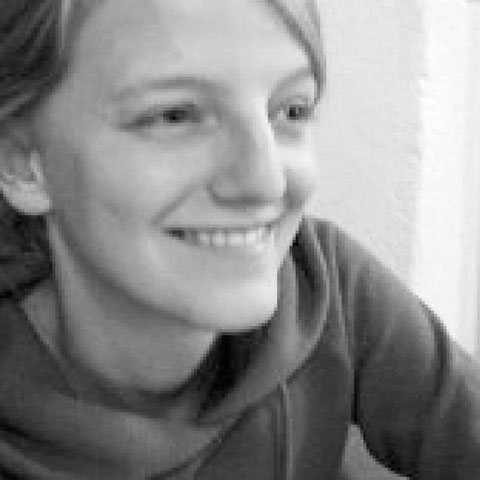KLI Colloquia are invited research talks of about an hour followed by 30 min discussion. The talks are held in English, open to the public, and offered in hybrid format.
Fall-Winter 2025-2026 KLI Colloquium Series
Join Zoom Meeting
https://us02web.zoom.us/j/5881861923?omn=85945744831
Meeting ID: 588 186 1923
25 Sept 2025 (Thurs) 3-4:30 PM CET
A Dynamic Canvas Model of Butterfly and Moth Color Patterns
Richard Gawne (Nevada State Museum)
14 Oct 2025 (Tues) 3-4:30 PM CET
Vienna, the Laboratory of Modernity
Richard Cockett (The Economist)
23 Oct 2025 (Thurs) 3-4:30 PM CET
How Darwinian is Darwinian Enough? The Case of Evolution and the Origins of Life
Ludo Schoenmakers (KLI)
6 Nov (Thurs) 3-4:30 PM CET
Common Knowledge Considered as Cause and Effect of Behavioral Modernity
Ronald Planer (University of Wollongong)
20 Nov (Thurs) 3-4:30 PM CET
Rates of Evolution, Time Scaling, and the Decoupling of Micro- and Macroevolution
Thomas Hansen (University of Oslo)
RESCHEDULED: 18 Dec (Thurs) 3-4:30 PM CET
Chance, Necessity, and the Evolution of Evolvability
Cristina Villegas (KLI)
8 Jan 2026 (Thurs) 3-4:30 PM CET
Embodied Rationality: Normative and Evolutionary Foundations
Enrico Petracca (KLI)
15 Jan 2026 (Thurs) 3-4:30 PM CET
On Experimental Models of Developmental Plasticity and Evolutionary Novelty
Patricia Beldade (Lisbon University)
29 Jan 2026 (Thurs) 3-4:30 PM CET
Jan Baedke (Ruhr University Bochum)
Event Details

Topic description:
My dissertation project consists of a series of historical case studies analyzing the construction, manipulation, and circulation of the neoclassical growth model. Published in 1956, this model would become one of the paradigmatic theoretical models of modern macroeconomics. Building on archival material, published work, and unpublished manuscripts, each of my case studies focuses on the specific mathematical, and statistical objects that were used to create knowledge about economic growth: the newly created national income accounting framework that was applied to search for the “sources” of growth; planning techniques from wartime research that went into constructing linear equation systems for the “rational organization” of production; and topological existence proofs, which helped formulating the concept of a “balanced growth path.” Before the background of these different mathematical, quantitative, and model versions of a growing economy, Solow’s “simple model of economic growth” developed as a rather incidental by-product. Initially thought of as a “design” for more complex empirical models, it soon became accepted as a particularly simple, clear-cut, and easy-to-use standard. Labeled “the neoclassical growth model,” it circulated widely: it was used as a prototype for large-scale planning models, it became famous for providing an instrument for measuring “technical progress,” and it is presented as a device for teaching mathematical modeling until the present day.
Biographical note:
Verena Halsmayer holds a Master´s degree in History and a Master´s degree in Economics from the University of Vienna. Since 2010 she is a PhD student in the PhD program “The Sciences in Historical, Philosophical and Cultural Contexts” at the University of Vienna. After fellowships at the Center for the History of Political Economy (Duke University) and the Centre for the Philosophy of Natural and Social Sciences (London School of Economics), she currently holds a KLI writing-up fellowship.


